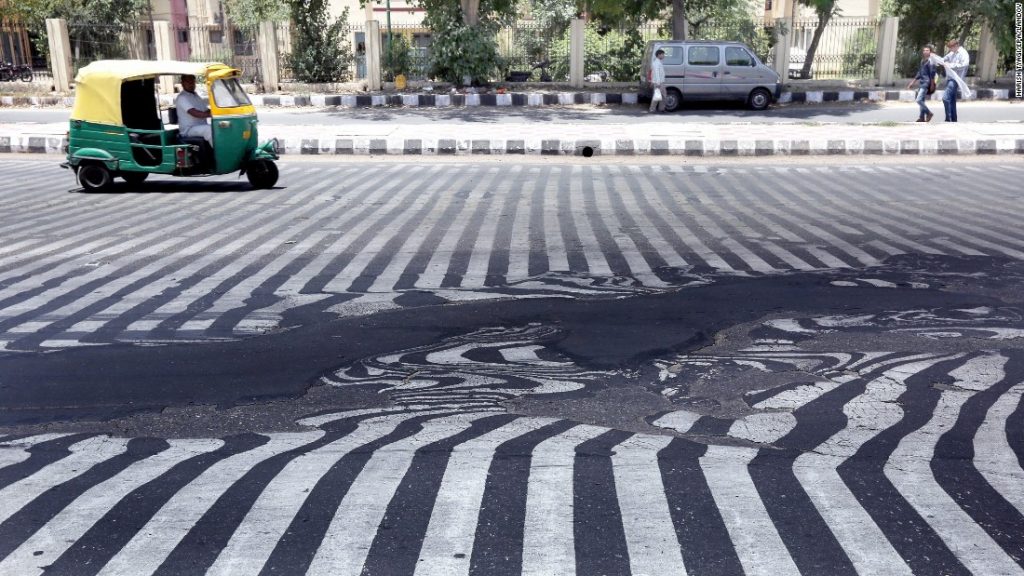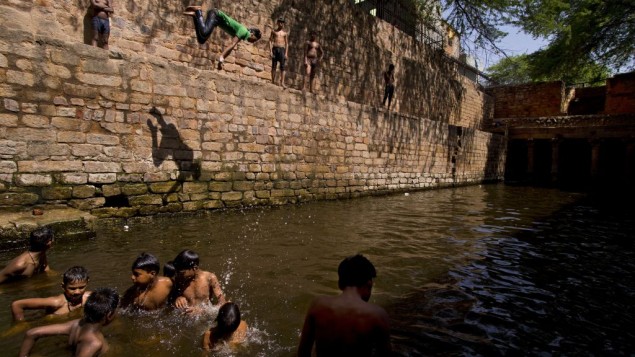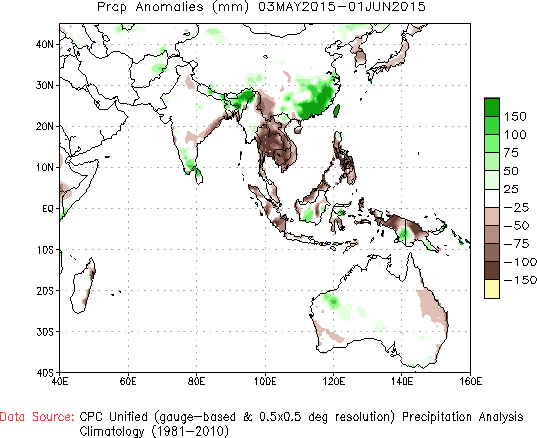By Harland Dahl
India faces a heat wave annually, but this year temperatures have been higher than normal. As of June 2, the heat wave’s death toll reached over 2,300. This makes the 2015 Indian heat wave the fifth deadliest heat wave in world history, and the second deadliest heat wave in Indian history.

The states most affected by the heat wave were Andhra Pradesh and Telangana in southeast India, with 1,490 and 489 deaths, respectively. Other deaths occurred in the states of Uttar Pradesh, Punjab, Odisha, and Bihar.
The poor, who must continue to work to support themselves despite soaring temperatures, have suffered the most casualties. These include construction workers, many working as day laborers in the nation’s capital. Elderly Indians have also been disproportionately affected by the heat wave. These casualties are often the result of heat stroke or dehydration.
The heat wave lasted for weeks, bringing temperatures up to about 120 degrees Fahrenheit. The abnormally high temperatures are likely related to the infrequent pre-monsoon season rains. These rains brought less water to India than they have in the past, leaving Indian cities hot and dry.
The approaching monsoon season has already begun to bring relief for Indian citizens suffering from these high temperatures. Unfortunately, the monsoon, which was expected to arrive between May 29th and 31st, has been delayed. Light to moderate rainfall occurring before the onset of the continental-scale monsoon has cooled some regions, and most regions have cooled somewhat in the past few days.
Meteorologists have delivered conflicting predictions as to when the monsoon will arrive, but many agree that it will be around June 4th or 5th. When the monsoon arrives, its rainfall generally expands northward across India.
This means continued danger for already at-risk Indian citizens. In order to combat this threat, the Indian government has taken several precautionary measures. These include the distribution of oral rehydration kits and administration of intravenous fluids in public places such as bus stops and train stations.
Indians, many of whom have been suffering from headache and dizziness, have tried various methods to stay cool. In some cities, the demand for air conditioning in response to the heat wave has led to power outages. In other areas, Indians have been spending the warmest part of the day in rivers or streams to cool off. The government has also advised citizens to remain indoors or in the shade as much as possible.

When the monsoon does arrive, it is possible that it will bring less rainfall than usual. The summer monsoon, which typically lasts from June to September, is predicted by the India Meteorological Department to bring levels of rain that are “below normal” — only 90% of normal according to their just-issued seasonal forecast. Last year this was also true, with the 2014 monsoon resulting in a 12% rainfall deficit. This year the monsoon could be inhibited by the current El Niño event that is predicted to strengthen during summer.
Hotter temperatures are generally expected to result from climate change. India’s National Disaster Management Authority states that climate change has caused more frequent and severe Indian heat waves in recent years.
The Intergovernmental Panel on Climate Change agrees, reporting that “higher daily peak temperatures and longer, more intense heat waves are becoming increasingly frequent in South Asia as a result of climate change.”
Limited rains like these could mean a lasting drought and limited agricultural production for India. As the monsoon brings four-fifths of India’s annual rainfall, it is crucial for millions of Indian farmers.

